Starting April, Nippon Steel embarks on an unprecedented governance model in its history, with Eiji Hashimoto (68) passing the presidential baton to Masashi Imai (60), yet retaining overarching control as Chairman and CEO. This move signifies not a shadow rule but a steadfast leadership, aiming to reclaim the title of the world’s leading steel manufacturer.
Traditionally, in Nippon Steel and its predecessors, the CEO wielded full command, with chairpersons stepping back into broader, often civic roles. This departure from tradition by Hashimoto underscores a singular ambition: the resurgence as the global steel titan.
The Path to Profitability: Even in Old Mills Hashimoto’s career at Nippon Steel started in 1979, during the company’s heyday as the global leader in crude steel production. Despite being overtaken first by ArcelorMittal due to aggressive acquisitions and then by Chinese state-owned enterprises like Baowu Steel Group due to China’s rapid economic expansion, Hashimoto harbors a vision to erase the “loser’s mentality” within and restore the company’s former glory. His strategy hinges on achieving a global crude steel production capacity of 100 million tons, asserting that in the steel industry, quantity heals all wounds.
With a current domestic capacity of 49 million tons and a total including overseas subsidiaries at 66 million tons, Nippon Steel’s acquisition of U.S. Steel’s 20 million ton capacity could bring the total to 83 million tons. Ongoing projects, including constructing two blast furnaces at Essar Steel (acquired alongside ArcelorMittal) and plans for a new steel mill, aim to push the capacity to over 100 million tons by 2030.
Moreover, the “Medium- to Long-Term Management Plan” of Nippon Steel includes exploring acquisitions in China and ASEAN, aiming to surpass Baowu Steel without the risks of establishing new integrated steel mills from scratch.
Pragmatism Over Hype Hashimoto’s pragmatism shines through the acquisition of U.S. Steel, focusing on the volume of 20 million tons of crude steel capacity rather than the buzz around decarbonization and electric vehicles (EVs). The U.S. steel market, protected by anti-dumping litigations and tariffs, offers a lucrative, monopolistic environment where Nippon Steel can expect stable dividends without significant new investments.
Despite the allure of high-tech themes like decarbonization and EVs, the steel industry’s backbone remains in traditional, high-volume production. High-performance materials like electromagnetic steel, while valuable, represent a small fraction of Nippon Steel’s business compared to its total sales.
In an era where Japanese corporations grapple with a “lost three decades,” Hashimoto stands out as a figure of ambition, challenging the status quo with a blend of boldness and calculated risk-taking. His endeavor to reclaim Nippon Steel’s position as the world’s largest steelmaker reflects a rare drive in modern Japan, aiming to break free from the conservative, risk-averse management that has long characterized the company.

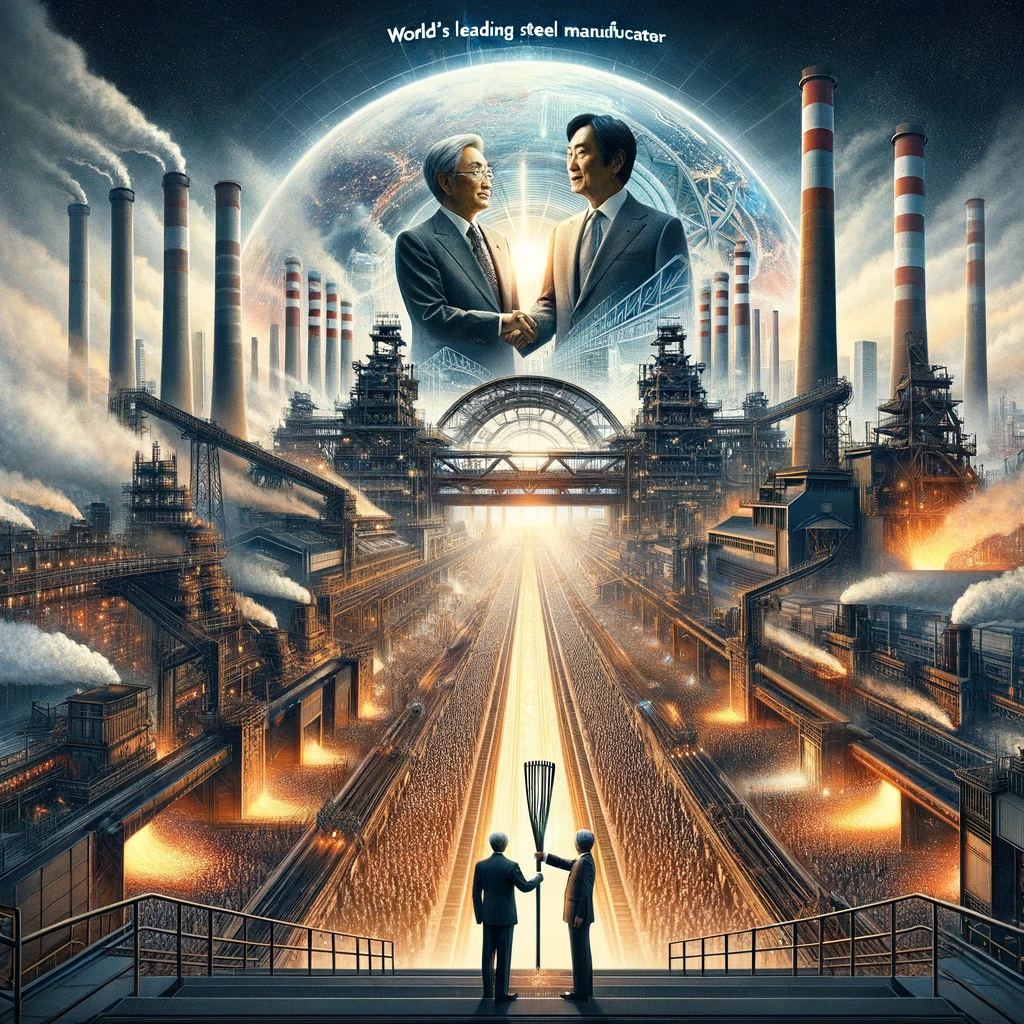

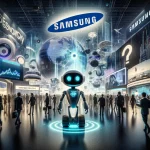


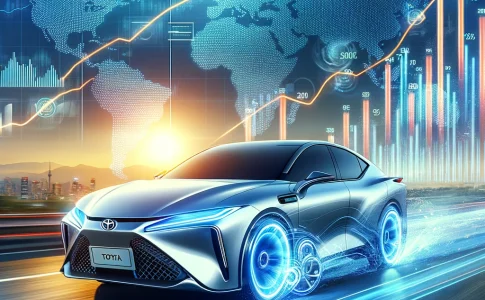
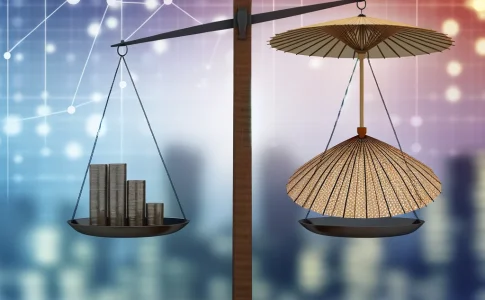
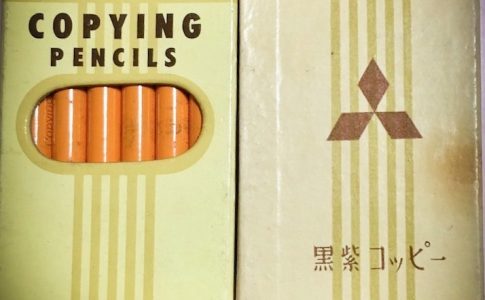
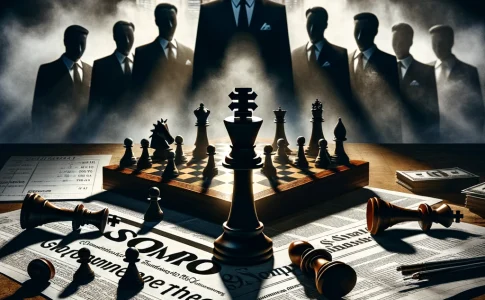

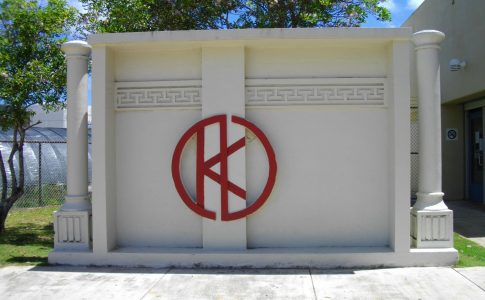
Leave a Reply